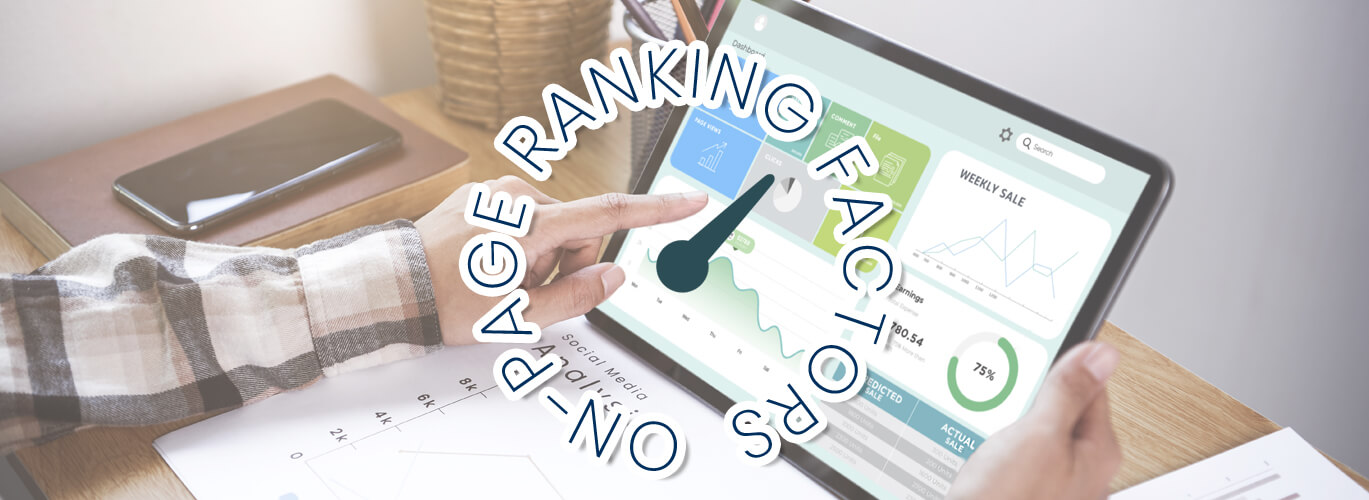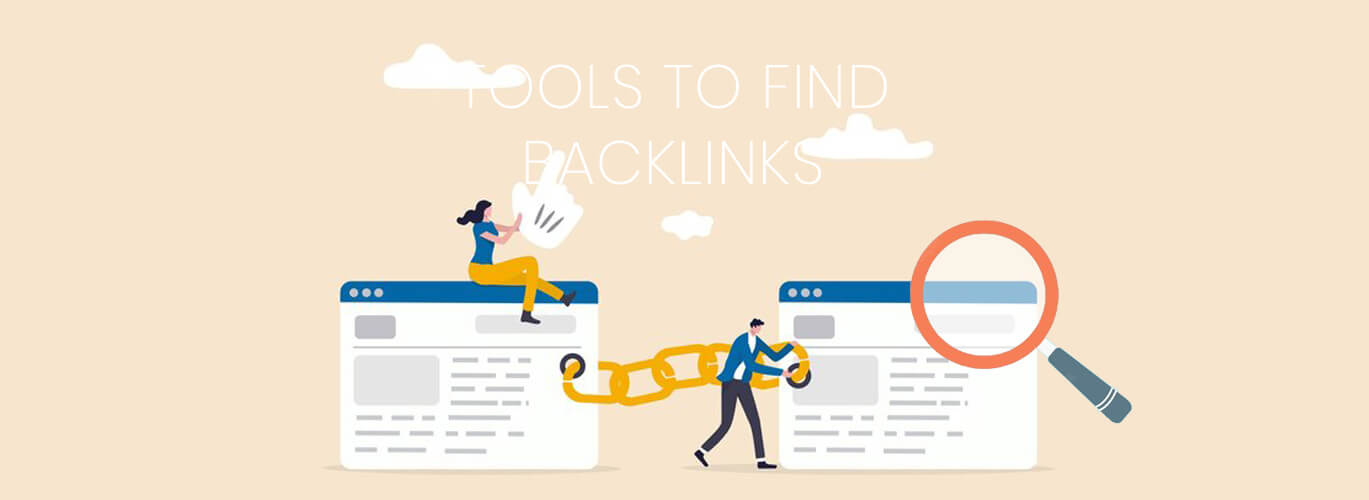Most people think that there is nothing more in on-page SEO than sprinkling a few keywords here and there. Even though the placement of keywords still matters there are many more important factors to consider for a good on-page SEO. Let’s look at some techniques you can do to start your website’s SEO on the right foot.
What Is On-Page SEO?
Also known as on-site SEO is the method of optimising web pages to enhance a website’s search engine rankings and gain organic traffic.
Along with publishing relevant, high-quality content, on-page SEO comprises optimising your headlines, HTML tags (title, meta, and header), and images. It even means ensuring your website has a high level of expertise, authoritativeness, and trustworthiness.
Why Is On-Page SEO Important
On-page SEO is essential as it aids search engines to follow your website and its content, along with identifying whether it is appropriate to a searcher’s query. As search engines become more complicated, there is a high focus toward relevance and semantics in search engine results pages (SERPs).
Google having plenty of complex algorithms, is now much better at:
- Grasping what users are really searching for when they enter a query.
- Giving search results that meet user intent (informational, shopping, navigational).
Adapting these advancement is crucial, and you can do it by confirming that your website and its content, both what is seen by users on your webpages (i.e., text, images, video, or audio) and elements that are only visible to search engines (i.e., HTML tags, structured data) – are well-optimised as per the latest best practices.
Furthermore, you can’t just ignore on-page SEO. By putting effort into on-page strategies, you’ll see an increase in traffic and a boost in your search presence.
Here are some Important ON Page SEO Ranking Factors.
01Keyword in title tag
The title tag is one among the strongest relevancy signals for a search engine. Search engines utilise it to exhibit the main title of your search results. It is always better to place the keyword at the beginning of the title tag.
You can also view the anchor text, how many links are set to follow, and many more.
This tool is free, but it provides additional information on a paid subscription.
02Keyword in Meta description
Another area where you can include your keyword is Meta description. The need of the Meta description tag at present is often discussed in SEO circles. It is however still a relevancy signal. It is also important for earning user clicks from search results pages. Including the key word on it makes it more appropriate to a search engine and a searcher.
03Heading tags
Heading tags are HTML elements which include H1-H6. It is used to identify headings and subheadings within your content from other types of text (e.g., paragraph text).
In fact, heading tags are more important than before because currently, Google is trying to replace H1 with Meta title tags, and in some result pages, they show H1 instead of title tag.
04URL structure
Friendly URLs for each of your pages is highly recommended including search engines, as these bring better crawling. Shorter URLs are more likely to perform better in search engine results, anyhow, this is not the only factor.
You can make use of keywords in the URL of your web page. SERP snippets show title tag, URL and Meta description into their results. As a result it is important to write an informative and structured URL.
05Canonical Tag
Anyhow, having two URLs with the same content can’t be avoided sometimes. One among the methods to avoid this from becoming a duplicate content issue is by utilising a canonical tag on your site. This tag is responsible for one simple thing, it tells Google that one URL is equivalent to another, properly declaring that despite two pages having the same content, they are one.
Big companies like Amazon use Canonical tags heavily because for every product they have multiple URLs. This avoids getting all the wrong URL versions getting indexed and they manage to transfer SEO to the main version only.
06Image Optimization
Including images is a better way to make your web pages more beautiful. But all images are not created alike, some might slow down your website.
Optimising images correctly will help you make the most of a precious SEO asset.
07Content
“Content is King”;being heard everywhere, without content, there can be no search engine optimization. But having said that, you need to guarantee your content is optimised for your targeted audience or else all you get is unqualified traffic.
08XML and HTML sitemaps
Include XML and HTML sitemaps on your website. XML sitemaps are very easy for Google to crawl. This helps Google to find out all the new pages of your website and it makes it easier for your website to get indexed. Similarly HTML sitemaps help your visitors to read or understand all the pages of a website and they can reach a specific page even faster.
09Mobile Responsiveness
At the present generation, most of the traffic is coming from mobile devices. So make sure the site has to be mobile-friendly or easy to open and simple to view on all mobile devices.
Wrapping up
On-page SEO is essential if you want to boost your website’s chances of showing up in the search results.
By following these easy techniques, you will surely start receiving the benefits of getting more visitors through search engines.






